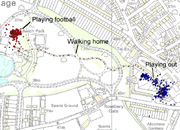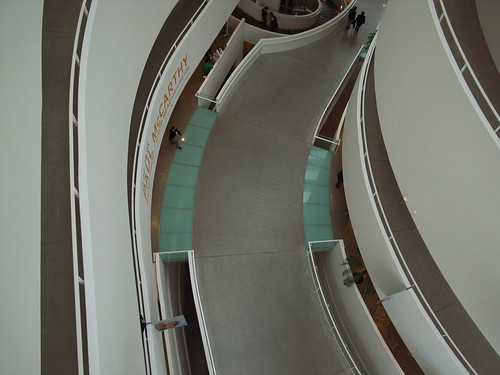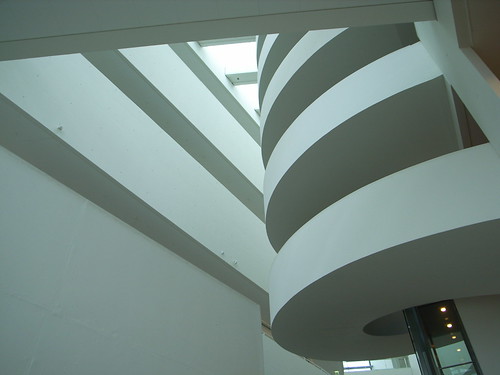Last week at PicNic, during the very interesting panel that I participated in, a question from the audience sparked some discussion among us. The attendee slightly complained about the fact that Fabien or myself were a bit too pessimistic about pervasive gaming. Our two presentations, although very different posited that ubiquitous/pervasive computing was difficult to achieve for infrastructure/technical reasons... which leads to user experience issues. The discussion then shifted to "what's the target of pervasive gaming?", I answered that before thinking about a target, one should find the "settings" or context in which pervasive gaming can work. I don't know remember how I phrased the following, so let's see what Tom Hume transcribed it: "It's a bit like laser games, requiring a place with a specific infrastructure. My fear is that it could be turned into theme parks. It might be designed for specific targets or niches".
I tried to elaborate more what I have in mind and think that there are indeed different models of location-based games.
The first one is a bit too utopian: it's thinking that technologies are seamless, hardware and software robust and that no problem occur. In that case, one can envision über-cool location-based networked games running on cell phones everywhere everytime. Although this seems unlikely, one can at least think about this possibility.
At the end of the spectrum, I mention the worse-case scenario: the "laser-game" model in which the game can only be played in a specific time and place. This is what happened in planned games or exhibits (see for example what Blast Theory did with Can You See Me Now?): in this case the game was played in various cities, controlled by the game designers. One can also think about fixed places, as with laser-games, in which horde of players would come and play.
A mid-point on this spectrum would be to have an approach to combine the two. And I quite like the skateboard metaphor for that matter. You can do skateboard freely in lots of places (streets, parking, etc.) and also go to skateparks. In the former, the infrastructure of the everyday environment constrain the skateboarding tricks whereas in the latter the skatepark design is meant to allow certain tricks. What is interesting as well is that in street skating, there is a pleasure associated in finding nice and relevant spots, whereas in skateparks, things are more under controlled.
So, to get back to the topic at hands here, what would be the equivalent if the skateboard practice with regards to pervasive gaming? I think it may corresponds to designing for both targets in minds: both the daily and everyday environment (with its constraints, problems, issues) and for the "laser-park" equivalent in which the control of certain parameters would allow to go beyond the daily environment. And what would be a good candidate (as a device) for that? What corresponds to the skateboard?
Picture taken in Lyon, last month.
Why do I blog this? quick thoughts to be re-used in the future.


















